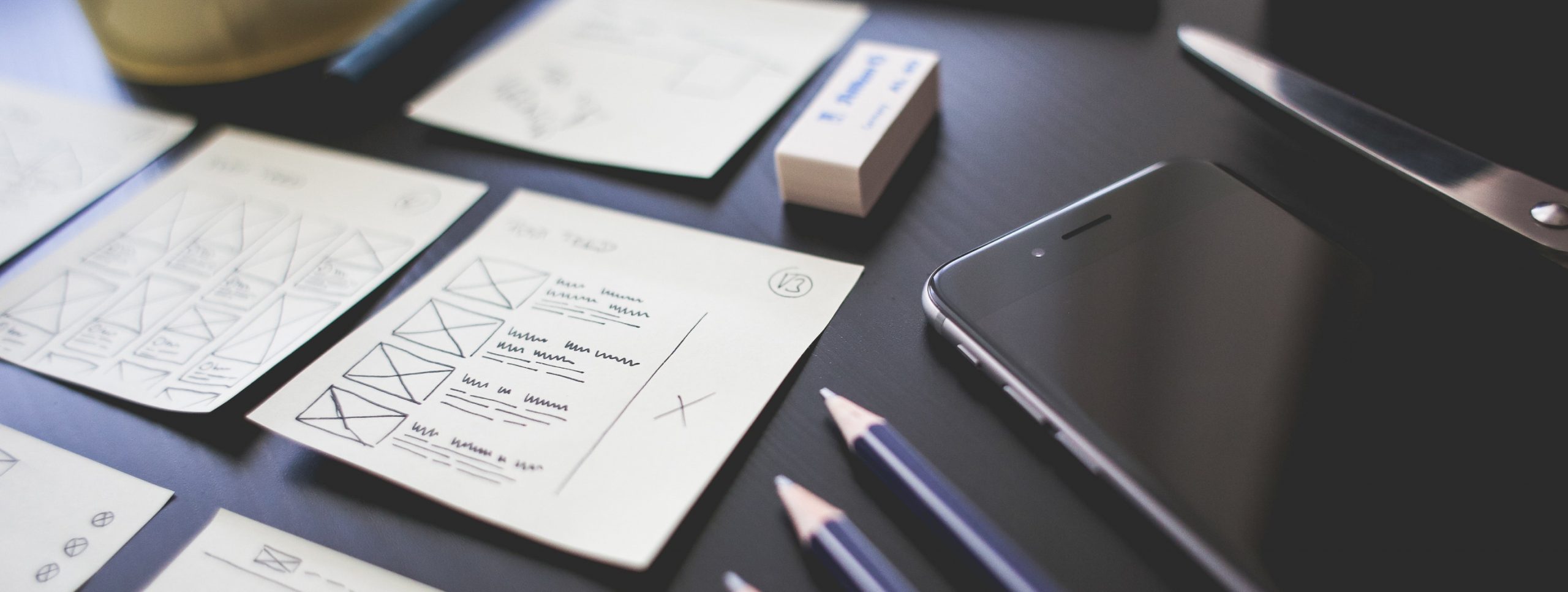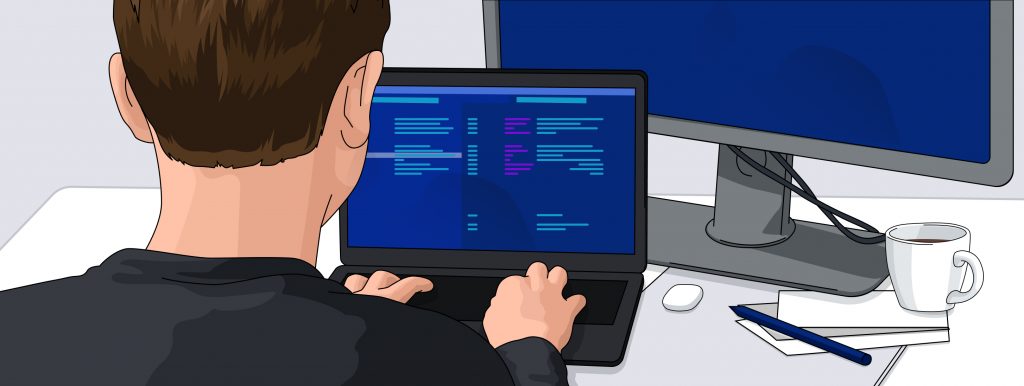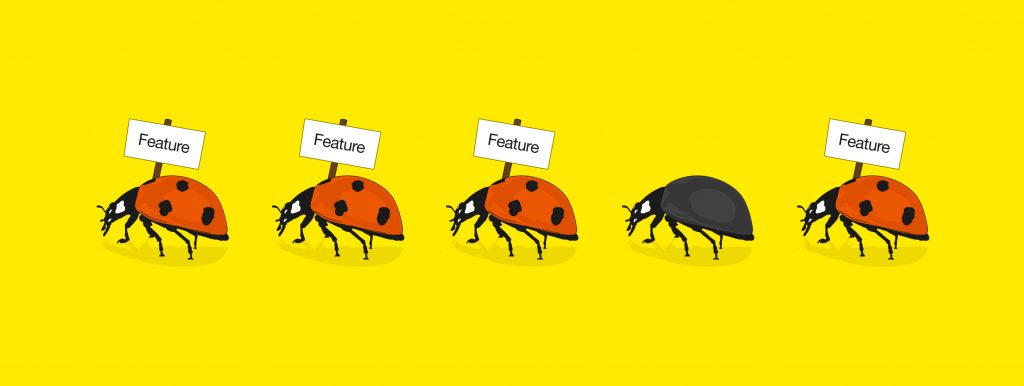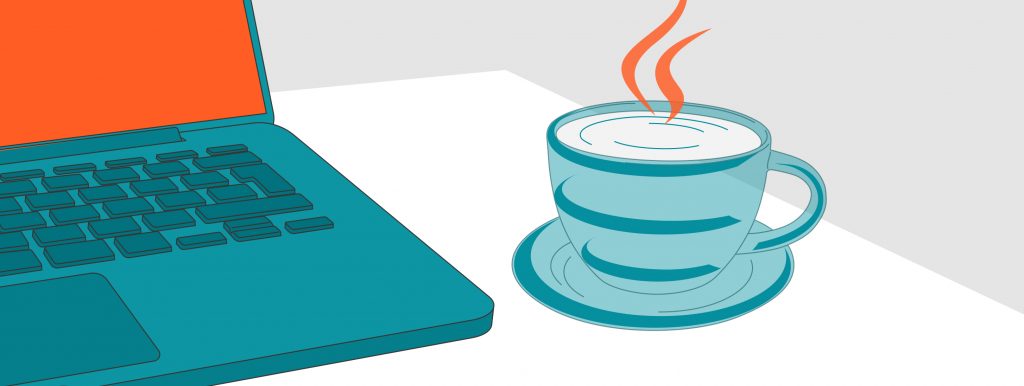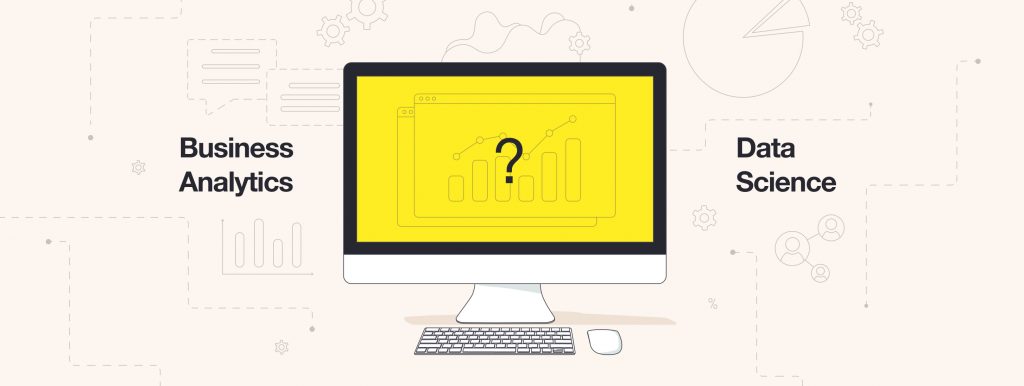In the era of personalization and customization, human-centered design is on the rise. What does actually the concept of human-centered design include?
The idea of human-centered design is often confused with user-centered design. These two concepts go side by side. Human-centered design involves considering the natural characteristics of human psychology and perception. User-centered design is more narrowly focused and includes a deep analysis of the target audience.
The human-centered design will bring usability to your software and improve UX making your end-users falling in love with your product. Jonathan Beckman, Founder of Apptourage, says that by 2020 UX will replace price and product as the key differentiator. Human-centered design is the best way to think about the success of your application in advance.
What steps does the human-centered design of any application include?
- Research
When your design is focused on humans, you need to definitely know who your audience is. The research phase can consist of identifying your buyer persona and end-user, brainstorming, creating customer journey maps and any other activities that will help you better understand your users. You can consider communication with stakeholders to add value to the results. - Problem identification
After defining the buyer persona you should define what specific problem your product will solve. This stage includes identifying the context of use giving you answers on where and how your audience will use the future product. You need to have a clear solution offer and idea of the result you want to get after the product launch. Understanding needs and goals of both your business and your audience will make the design effective. - Ideation and prototyping
When you have all the needful data about your audience, it is time to brainstorm design ideas considering features you are planning to implement in your product. Start developing your design concept with rapid prototyping. This way you can easily see how your design works in the context of the future app. - Testing of designs and implementation
In human-centered design, users should be involved in the process. Allow users to try your application in action. They will provide you with important feedback on interface and usability that will help you identify parts of design that can be improved. Remember about user testing and validation to understand how the product deal with the initial challenge. When you have validated usability and satisfaction of end-users, it’s time to implement the final design. - Review and refine
Human-centered design involves continuous improvement of your product. Review the feedback from your audience and the results of testing continuously to identify what requires enhancement. Human-centered design is focused on user’s delight that can be achieved only as a result of continuous work. It is recommended to repeat the cycle with every new update.
The effective human-centered design
The effective human-centered design usually involves not only designers in the process. Collaboration with business analysts and project managers will help you in requirements gathering and analysis during research and problem identification stage.
Exposit designers are skilled in creating responsive designs of Web and Mobile applications using the best practices of human-centered design. Together with Exposit business analysts, project managers and development team they can help you to create user-focused software solutions delighting your audience.
